Where History and Healing Meet:
Exclusive Interview with Second Chance Farm Sanctuary & 1812 Apothecary
Author’s Note:
As a writer who is lucky enough to write for Recollections, I typically prefer to stay behind the scenes, letting historical facts speak for themselves. However, I’m making a brief exception here because this cause is one close to my heart.
I recently had the privilege of interviewing Tamara (last name withheld for privacy), one of the owners of Second Chance Farm Sanctuary and 1812 Apothecary, an animal haven with a truly special shop. I’ve been a loyal customer since 2019, and I believe Recollections readers will love their products as much as I do! They specialize in historical beauty and skincare, recreating the very items a Victorian lady might have used over a century ago. Even better, every purchase supports their rescue work, providing care and sanctuary to animals in need.
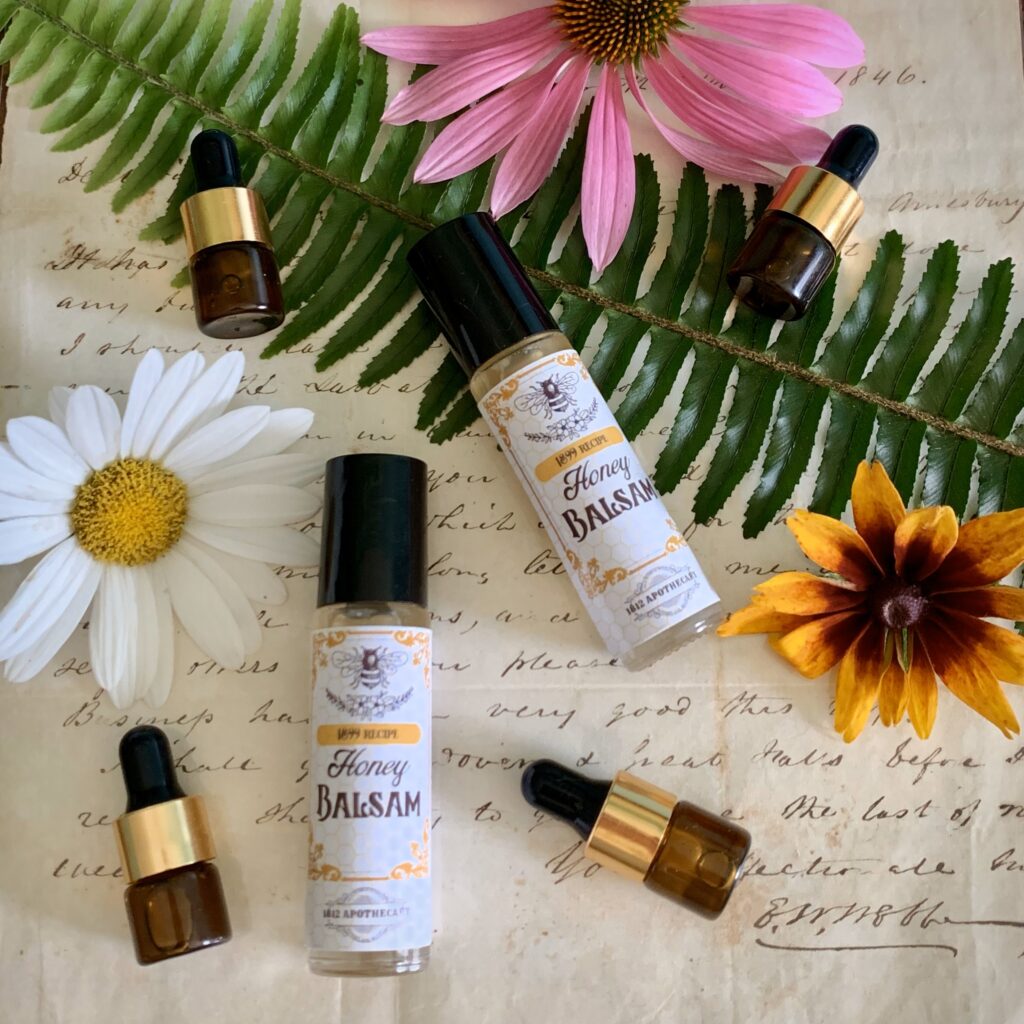
I want to extend my heartfelt thanks to Tamara for sharing her time and insights. If you’d like to support their mission or experience their beautiful handmade products, their website links are below. I may be biased, but I highly recommend their Lavender Cold Cream and Milk of Frankincense! From violet toilette waters to rose-infused cold creams, there’s something for every history lover.

For those who appreciate slow fashion, traditional craftsmanship, and compassionate causes, Second Chance Farm Sanctuary and 1812 Apothecary is well worth exploring. I’m certain many of you will fall in love with it—just as I did six years ago!
Second Chance Farm Sanctuary and 1812 Apothecary Etsy Store
Second Chance Farm Sanctuary and 1812 Apothecary Official Website
Happy Reading & Shopping,
Christine Skirbunt
- This interview has been lightly edited for clarity and length.
- All images are provided by Tamara of Second Chance Farm Sanctuary & 1812 Apothecary and are copyrighted accordingly.
Animals & The Sanctuary
Recollections: What inspired you to start Second Chance Farm Sanctuary, and what keeps you motivated?
Second Chance Farm Sanctuary (SCFS): My husband and I started our farm as Carrig Farm (Gaelic for Stone Farm) in 2000 – our products included pastured poultry, lamb, goat and a local CSA [Community Supported Agriculture]. We did this mainly to feed our family of five, however it began to grow to where we were doing farmers markets along with CSA drop offs. We would send lambs and goats out for meat along with butchering poultry here on the farm each year. After so many years of farming my heart was no longer in the meat end of the business and I needed to stop and listen to what I really enjoyed from our farm and land.
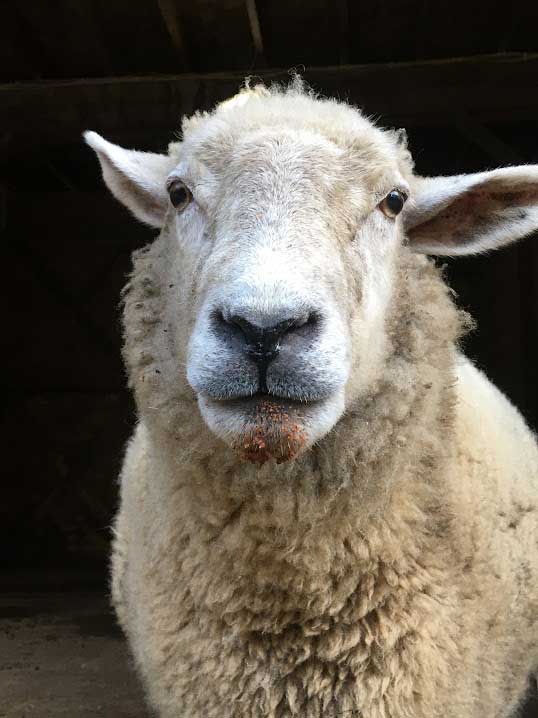
In 2019 we began the process of adding two more barns and renaming the farm Second Chance Farm Sanctuary. For us, turning the farm into a full sanctuary seemed only right. It has truly been a joy to see the animals come in, go through the stages of being afraid, starting to trust then in the end, a loving, sweet animal. We have always had an open door for wayward animals of all types that, for one reason or another, needed to be taken out of a situation by local Animal Enforcement Officers. Some of our most loved additions have been found in trash bags, left on the side of the road or even dropped off in the center of Boston, MA. Regardless of their past, we give our rescues a second chance at a life well lived and most importantly, loved.

Recollections: Can you share the story of an animal rescue that had a particularly profound impact on you?
SCFS: I can share two stories here, one of profound happiness and one of profound sadness.
Growing up, we had horses. The one that I most remember is Cherokee Chief. He was purchased from a woman in eastern Massachusetts who bought horses at slaughter and then resold as a rescue. I have many pictures of myself some 50 years ago, my face dug into his neck and hugging tight. I remember walking him around and around the front yard helping him find the perfect patch of grass.
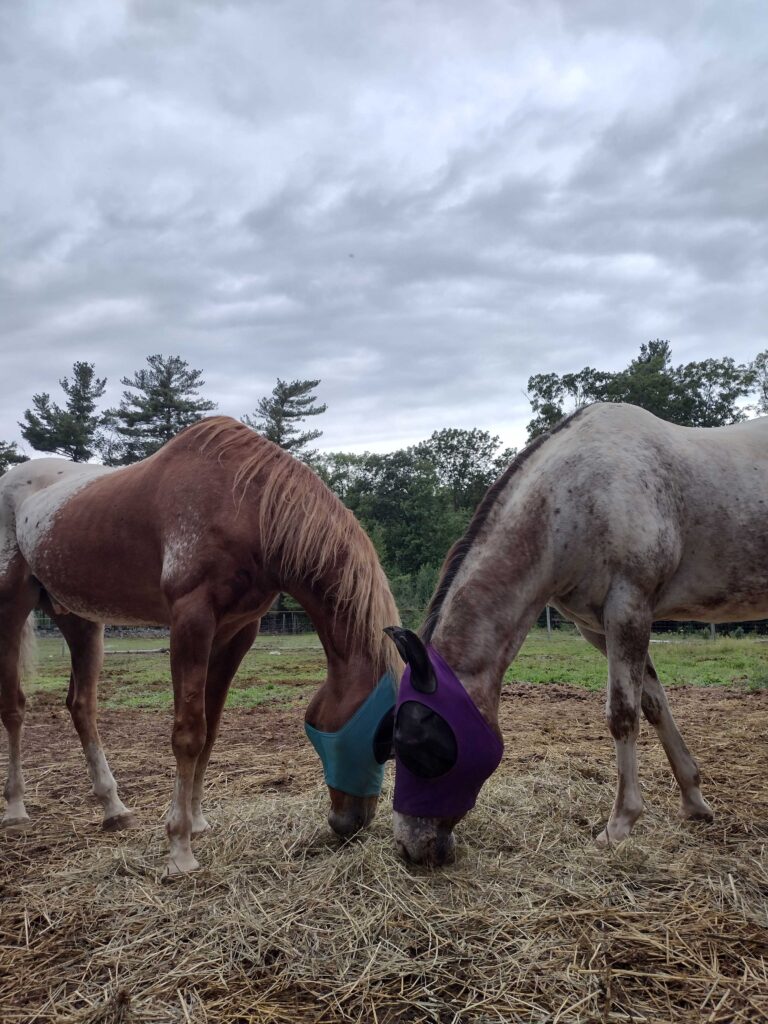
Several years ago, we were asked to rescue two horses in eastern Massachusetts that could not be taken care of due to the passing of their owner. This was the same former owner as my childhood horse, Cherokee Chief. Without hesitation my husband and I said absolutely. I feel as though I was meant to care for them, and they were meant to find me. After many vet visits, a refeeding program and care, they were able to live happily. One is still with us, Gigi – she is the queen of the barnyard, toothless and partially blind, and, like Cherokee Chief did, gives the best hugs each morning.
As a rescue sometimes you do not know the full story regardless of what may be told to you. You can only guess or try to fill in the lines after the rescue starts to settle in or through bloodwork. A rescue that stays with me to this day was a horse that arrived ribs showing, no muscle tone, bad feet, and according to our vet, a 0 on the starvation scale with 0 being the most emaciated. This person had moved out of state and left the horse – I do not know the full story as when I was sent pictures of this sweet girl, it was when she was healthy. We were so looking forward to her joining our family. She had other horses that were part of her family, however these horses found homes and no one wanted her. Talking to the former owner, I was expecting a happy, healthy horse, albeit a horse with some intestinal issues. Upon arrival, we had to home her to a back pasture and set up a rescue tent due to the intense lice infestation. Our wonderful vet worked with us tirelessly, we followed a vet approved feeding plan especially made for starving horses so as not to put her body in shock, we gave her massages to loosen her muscles, and took turns sitting at the shelter just to make sure she was all right…
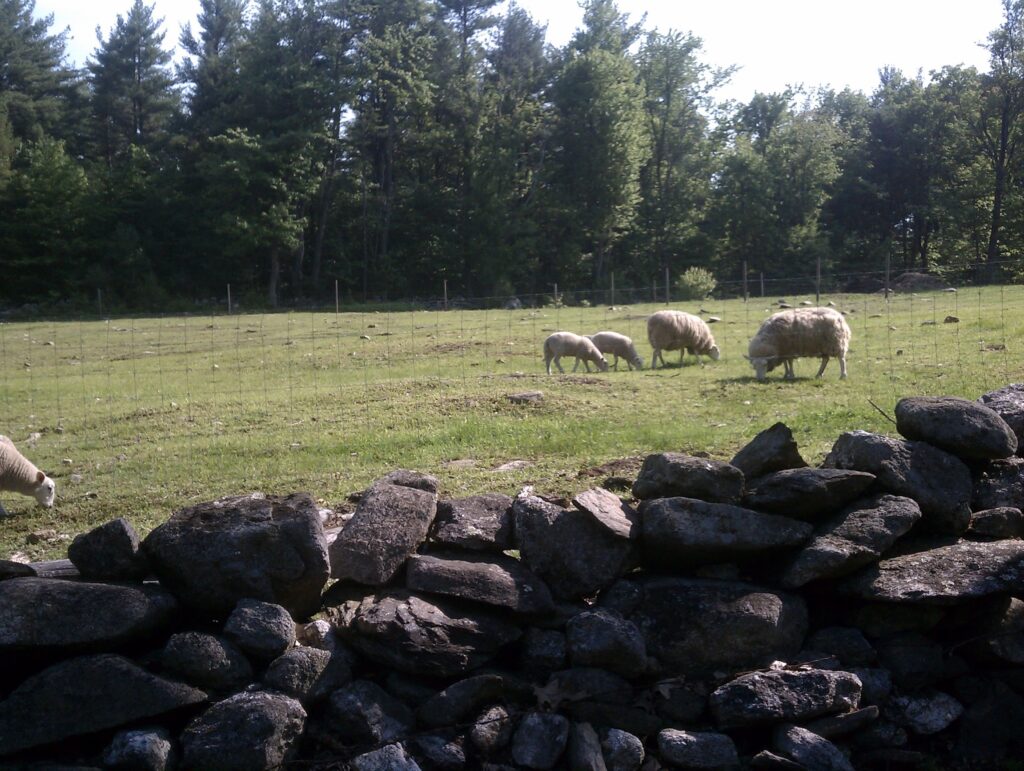
I would talk to her for hours in her shelter letting her know she was safe all while treating the lice and sponging her. I had such high hopes I could help her and my husband and I were so invested emotionally however after bloodwork and time, her body started to tell us another story. She was shutting down due to past neglect and regardless of what we did, we just were not able to help… so we helped her instead to rest. The decision was heartbreaking but, in the end, quality of life is always more important than quantity. She is buried in her back pasture under the moon, also her name.
Recollections: What are some of the biggest challenges you face in running the sanctuary, and how do you overcome them?
SCFS: The biggest challenge would of course be funding. We are a 501c3 and all our funds are devoted to grain, hay, vet bills and emergency care. Without our customers we truly would not be here… I think so many wonderful organizations are all in the same boat trying to piece together what can be left out, what needs to be purchased and what can wait… and yet, I would not dream of doing anything else. Etsy has been a wonderful addition to fundraising. I am able to combine a love of history and craft all while supporting the rescue.

The second biggest challenge, as with most folks I suspect, is time. I am so lucky to have a job I adore in Special Education, being able to put my art to use and supporting students. Returning to college for both Special Education and Elementary Education is a dream that I am starting next year. I would not be able to run the rescue without my husband who fixes, replaces, repairs and is constantly being asked to build something new. He not only helps with the animal care daily but also does hoof trimming, medications and anything else that needs to be done. Winters in New England can be hard with the freezing weather and snow, so paths and areas need to be plowed allowing animals to get exercise (and of course rolling in the snow). As our residents age, some take more time than others due to medication needs, being blind, deaf, or slow due to arthritis.
Recollections: How can people support your mission, whether through donations, volunteering, or other means?
SCFS: Folks are always welcome to visit our website at secondchancefarmsanctuary.org – there they can contact us with any questions, learn a bit more about who we are and donate. I’m honestly horrible about asking for donations, opting instead to offer our handmade pottery, jewelry or items people offer for auctions. We are also always open to helping others that may have questions about rehoming, who to contact or farm animal husbandry. There is a lot we have learned over 20 years and a lot still to learn. To purchase products, our Etsy store is found at https://www.etsy.com/shop/2ndchancesanctuary.
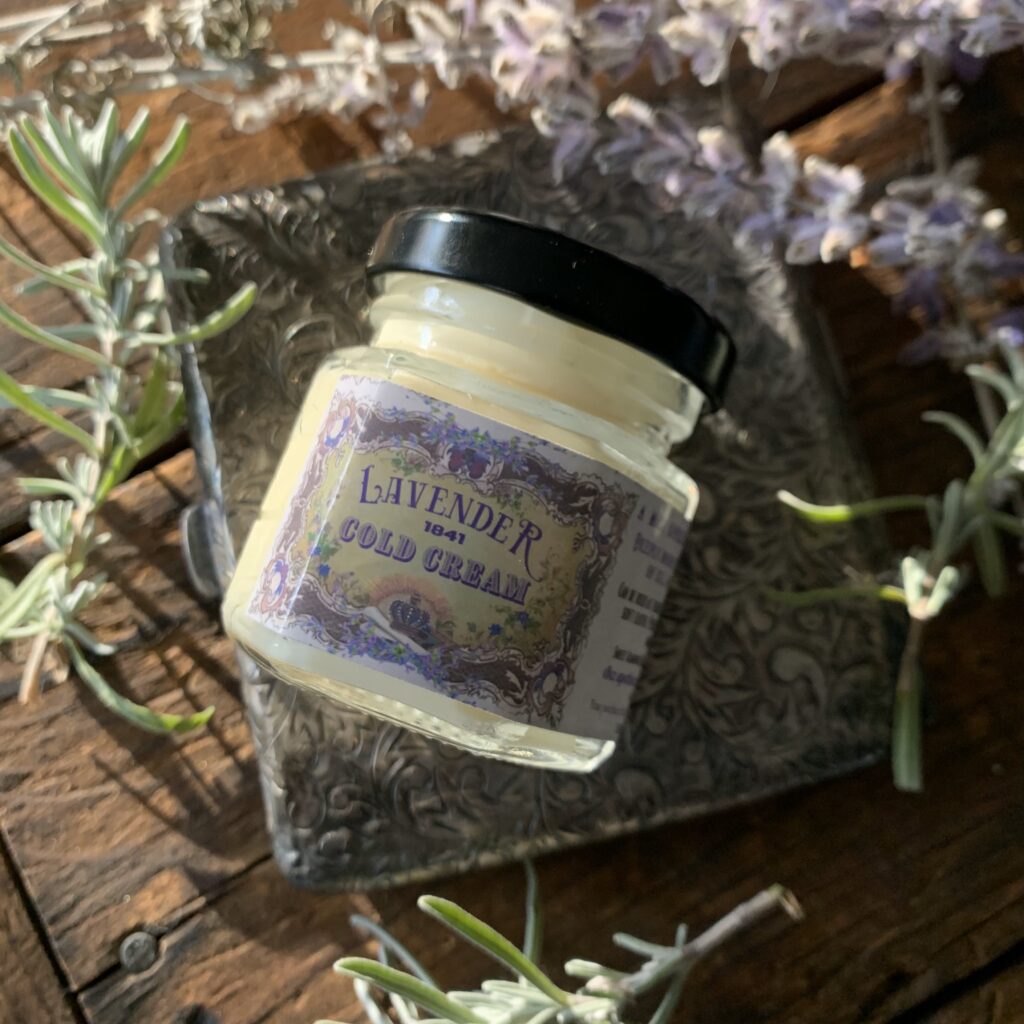
Historical Beauty Products
Recollections: What sparked your interest in creating historical toiletries, and how do you research your recipes?
SCFS: One of my loves is open hearth cooking. For over 20 years it has been not only a joy but also fed my family through winter storms without electricity. I look forward to volunteering with historical societies, cooking for encampments and educational led programs each year. Research into old recipes naturally led me to other paths such as historical dress and beauty. We are lucky to have several wonderful antique shops around us where I can often locate old pharmacopoeia manuals, books or newspapers. My middle child is an archeologist at Monticello, on trips down I can stop in New York, Pennsylvania along with Virginia on my search for recipes and antique books. I find that when I am able to, I prefer to learn from the ground up and enjoy the process. With goat milk came learning how to make cheese, with wool came learning how to dye and spin, with sewing historical dress and historical interpretation came costuming and skincare. It gives me such a deeper appreciation of history and what one went through on a daily basis.
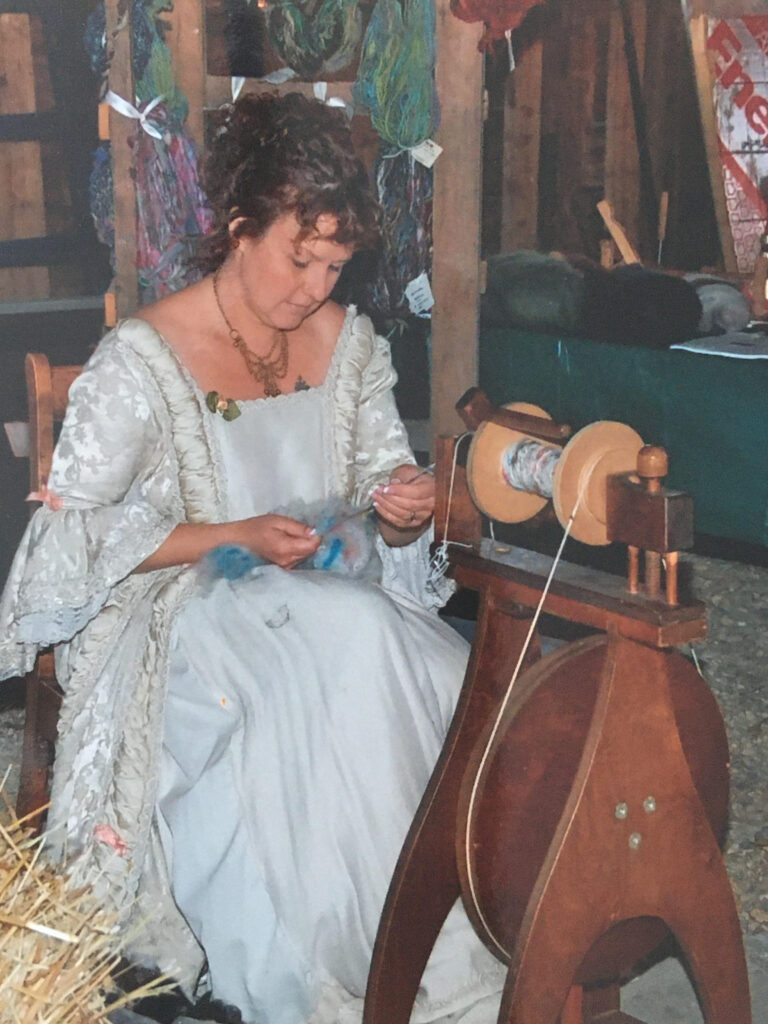
Recollections: Can you share a bit about the process of recreating one of your historical recipes?
SCFS: When looking for new recipes, I first look for ones where I am able to either grow or gather items to recreate the recipe. We are lucky to have our greenhouse and gardens along with woods where I can gather items such as witch hazel, cottonwood buds or peppermint.
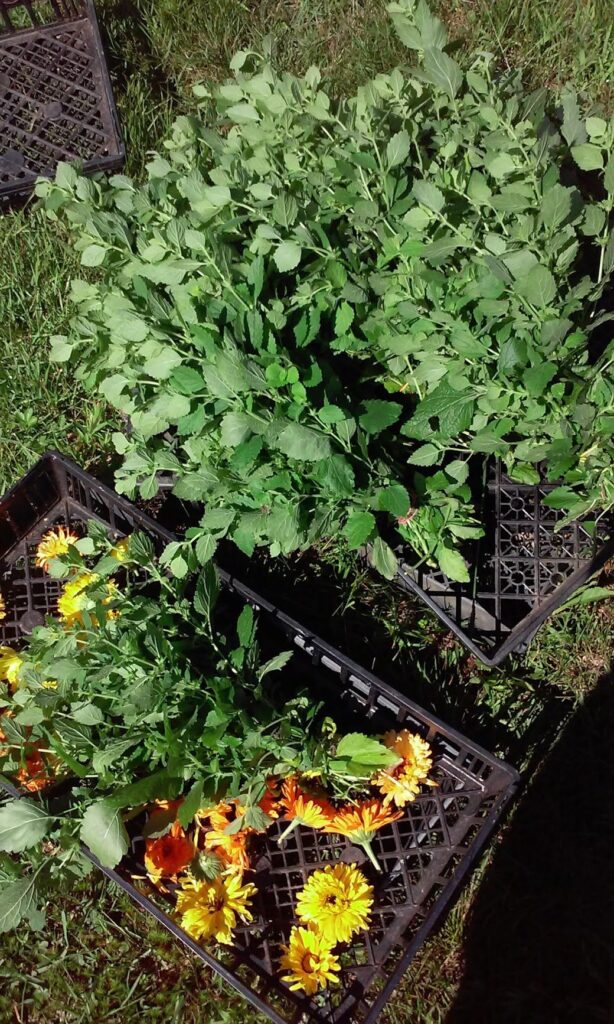
Many historical recipes – due to a simple lack of understanding at the time – contained ingredients we would never include today such as mercury, lead or arsenic. I tend to put these sorts of recipes aside since they cannot be faithfully recreated and intended use is not something I am comfortable with such as whitening of one’s skin.
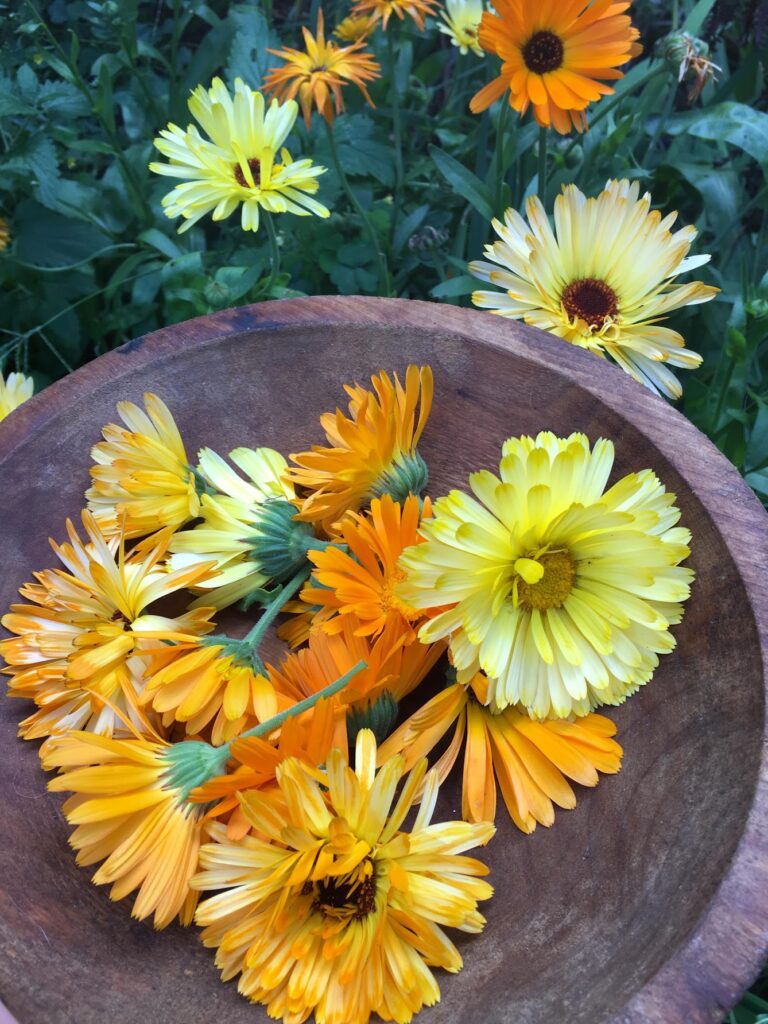
Experiment, experiment, experiment… there are some common substitutes for ingredients of yesteryear and others that are used today but we often do not know of them. A good example is chlorophyl. They were traditionally used in powders, oils, as a natural perfume colorant and in soap. It can be made from gathered nettles, celery, parsley, ferns and even grass. A household would have had easy access to making their own chlorophyl from household food scraps. Today you can buy dried chlorophyl or liquid chlorophyl – at the farm we make our own with what nature gives us.
Recollections: Do you have a favorite historical beauty product you’ve made, and what makes it special?
SCFS: I would have to say any of our products we have crafted with herbs or flowers that we have grown ourselves are top of the list. Our roses play a big part in our cold creams. Chamomile, hyssop, peppermint, cotton wood buds, lavender, thyme, rosemary, lemon balm are in regular rotation in the gardens. When possible, we truly try to include ingredients we have grown with care from the ground up, literally.
Recollections: Many modern beauty products are full of synthetic ingredients, but your historical toiletries are made using traditional methods and farm-sourced ingredients. What do you see as the biggest benefits of these natural, time-honored products compared to commercial alternatives?
Our farm was started on the basis of wanting to feed my family and know what my children were eating. From eggs to meat, herbs to vegetables what we grew was safe and wholesome. I believe what we put on our bodies should also be. There is something to be said for simple, clean ingredients… natural oils and herbs have been used for centuries to heal, soften and treat. Botanical oils, natural minerals and extracts from plants will have so many more benefits than targeted synthetic ingredients. Where an ingredient is lab made but safe, I would consider this to be a clean ingredient. We use a wonderful radish-based preservative however it is lab made, not something I would be able to make myself. Any recipe that has parabens, sulfates, phthalates or a controversial ingredient is put aside. Thankfully, with the bulk of our recipes being of a historical nature, we do not run into this often as women used what they had available to them in their gardens or local markets. They were truly the original homesteaders before the word homesteaders became popular today – I cannot help but to admire their stubbornness and ingenuity. There is so much to learn from history; mistakes, triumphs and all…
For history-inspired fashions, please visit recollections.biz

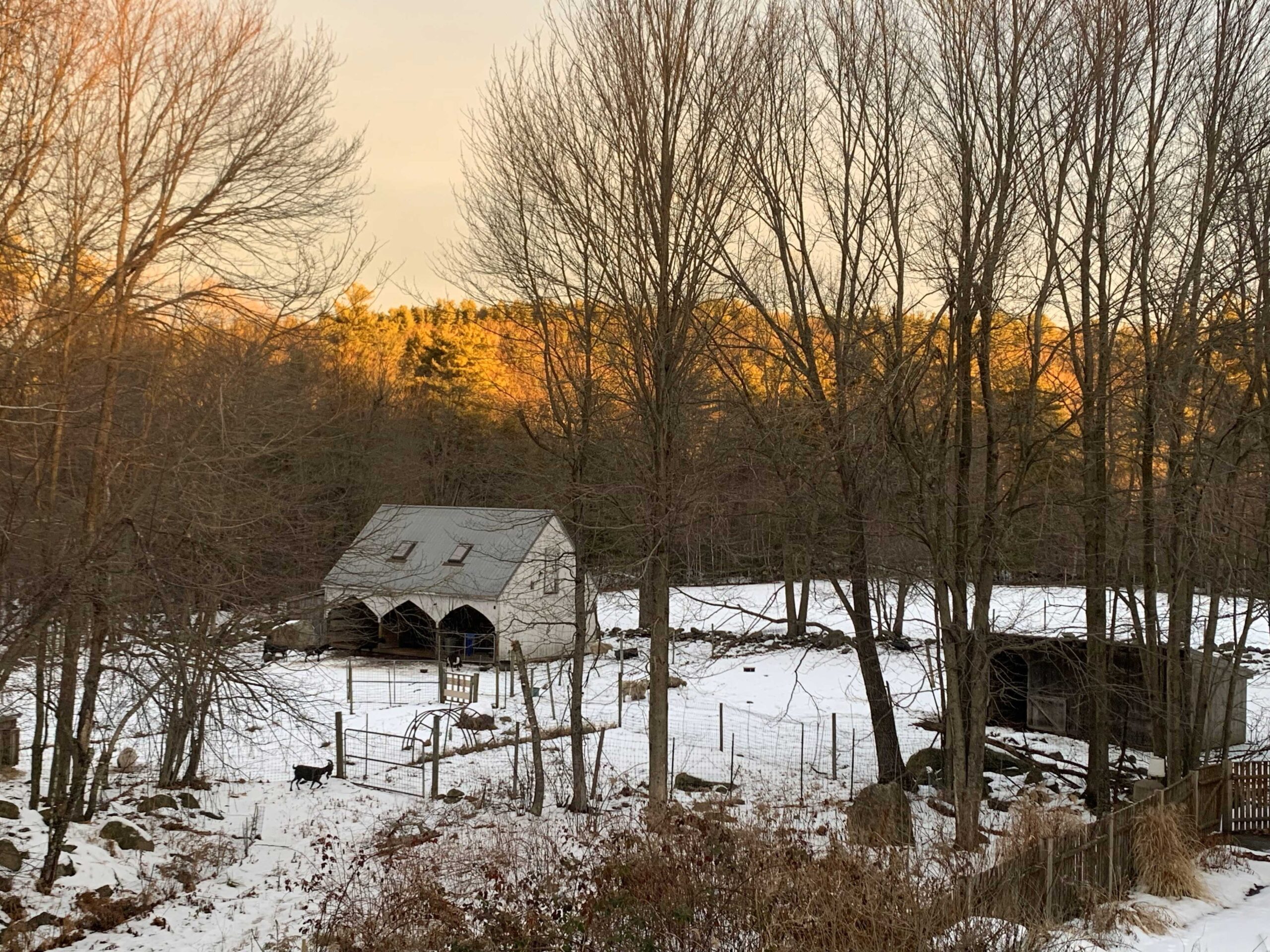

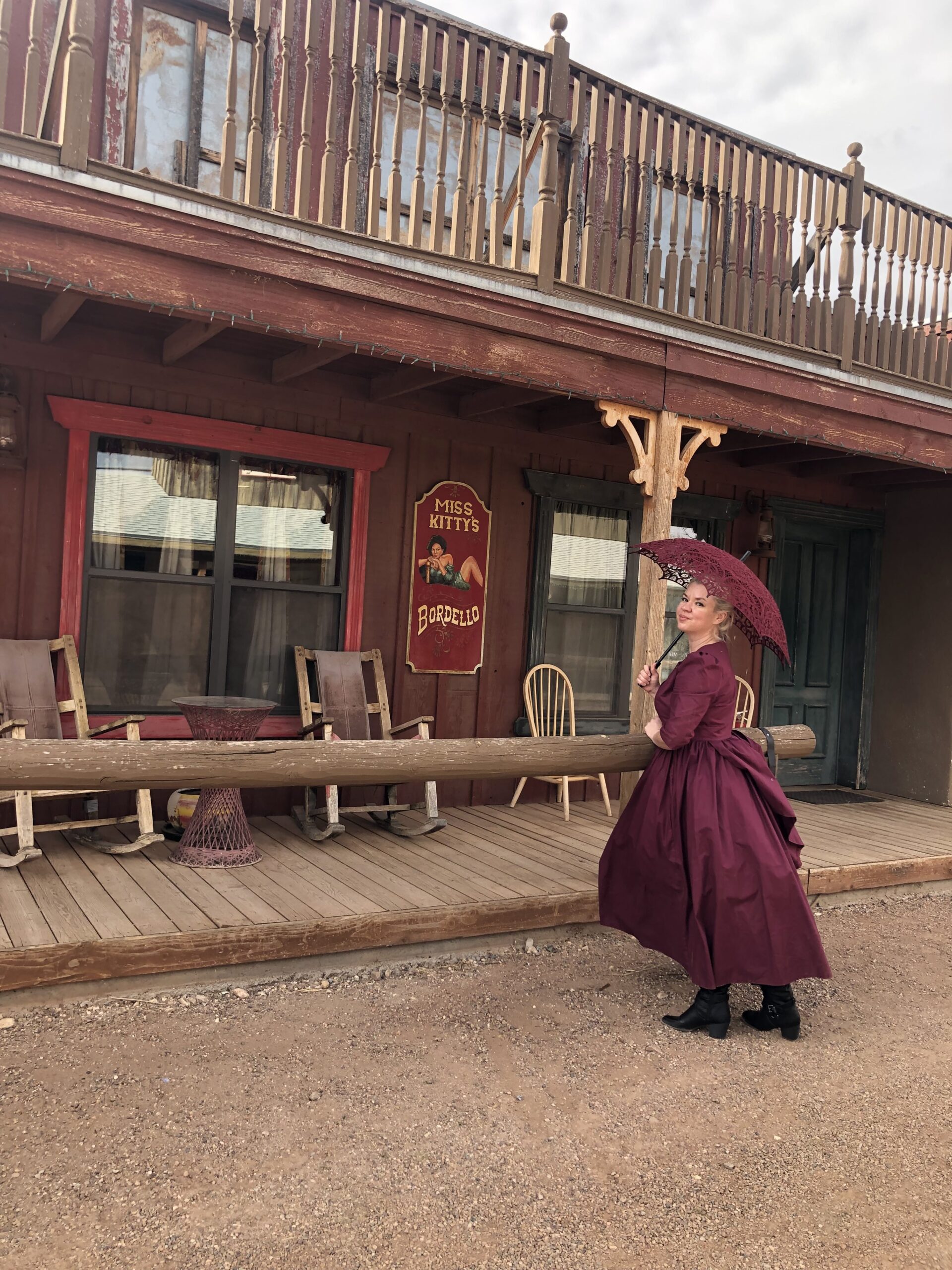
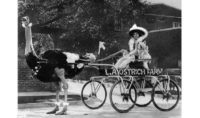
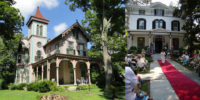




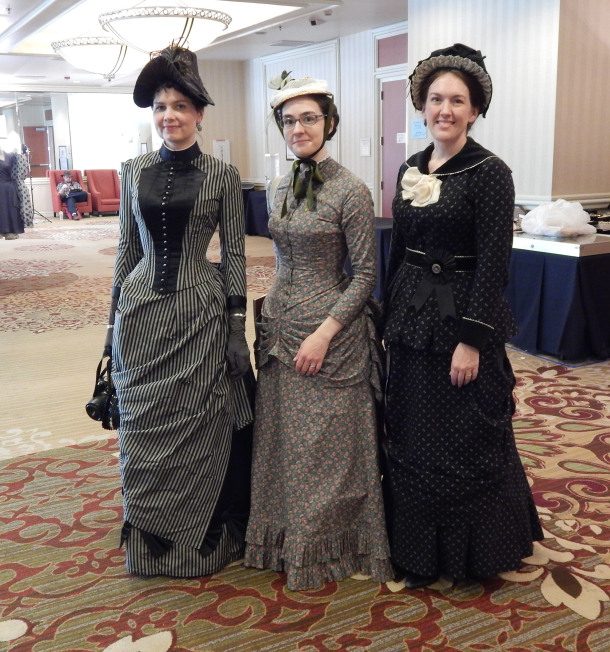

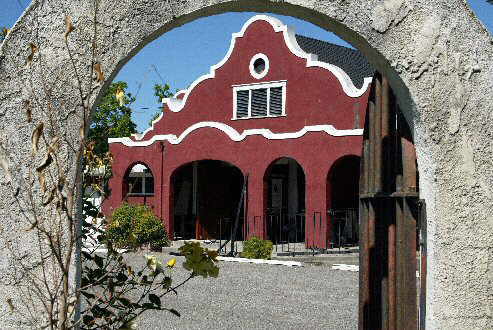

Leave A Comment